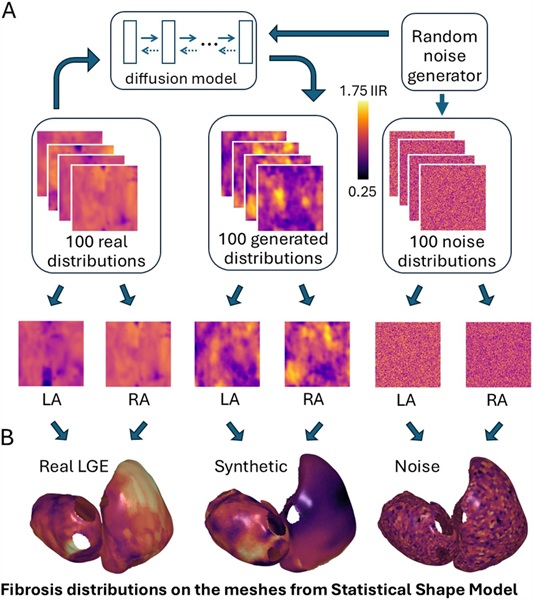Patient Positioning Sensor Protects against Pressure Sores
|
By HospiMedica International staff writers Posted on 25 Sep 2018 |
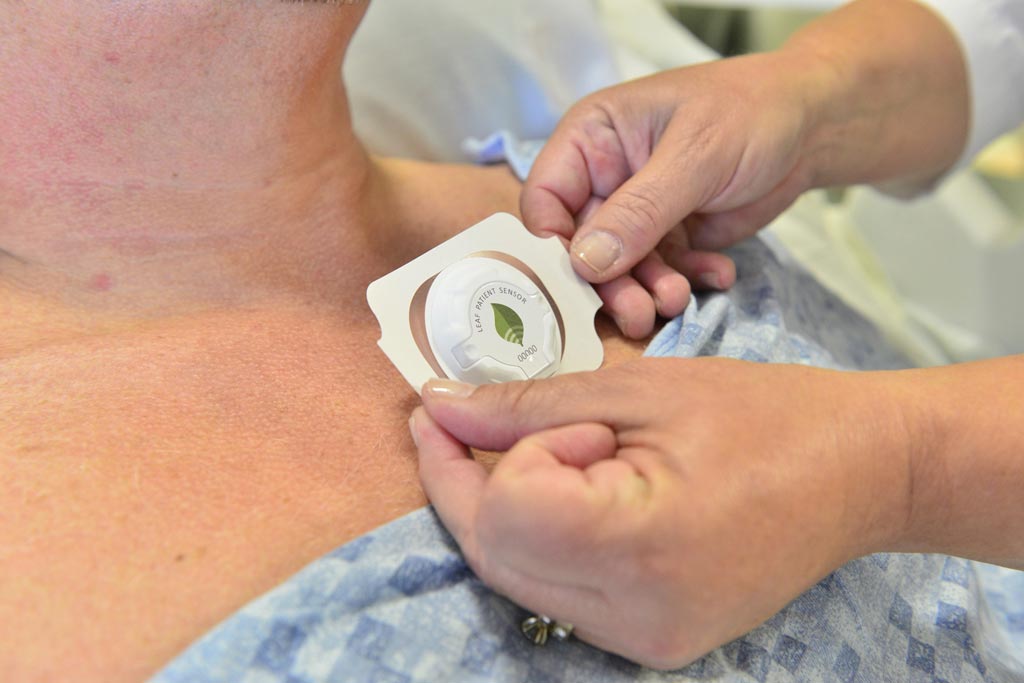
Image: The adhesive sensor indicates if a patient needs to be turned (Photo courtesy of Leaf Healthcare).
An enhanced wireless patient sensor enables nurses at the point of care (POC) to confirm the patient turn they just completed adequately protects against pressure injuries.
The Leaf Healthcare (Pleasanton, CA, USA) Patient Monitoring System (PMS) is based on a wireless sensor designed to continuously monitor activity and position in order to identify patients that can benefit from repositioning. The PMS tracks patient movement and activity in bed-bound, chair-bound, and ambulatory patients, and notifies staff when a patient needs to be turned, thus improving patient mobility, reducing pressure injury rates, helping nurses prioritize care and improve unit workflow, and saving hospitals non-reimbursed costs associated with the treatment of pressure injuries.
The enhanced patient sensor now includes an onboard indicator that allows caregivers to confirm the patient's status without needing to refer to the external data monitors typically located at ward nursing stations. When a caregiver gently taps the sensor twice, indicator lights momentarily flash to provide real-time turn status. The lights warn nurses when patients require turning and when they are overdue for a turn. A recent anonymous survey of nurses who have used the POC sensor found that more than 83% feel the sensor is "very easy," or "easy" to use.
“Leaf's new sensor increases patient safety and enhances nursing productivity by conveniently providing important information at the point of care, saving nurses the time and steps required to check nursing station monitors,” said Barrett Larson, MD, CEO of Leaf Healthcare. “The sensor's onboard display provides bedside notification whenever a patient needs to be turned and immediate visual confirmation that a patient has been turned with sufficient frequency and quality.”
Pressure ulcers are lesions caused by factors such as unrelieved pressure, friction, humidity, shearing forces, temperature, age, continence, and medication. They can occur in any part of the body, but especially over bony or cartilaginous areas such as the sacrum, elbows, knees, and ankles. Although often prevented and treatable if found early, pressure ulcers can be very difficult to prevent in the frail and elderly, wheelchair users and terminally ill patients.
Related Links:
Leaf Healthcare
The Leaf Healthcare (Pleasanton, CA, USA) Patient Monitoring System (PMS) is based on a wireless sensor designed to continuously monitor activity and position in order to identify patients that can benefit from repositioning. The PMS tracks patient movement and activity in bed-bound, chair-bound, and ambulatory patients, and notifies staff when a patient needs to be turned, thus improving patient mobility, reducing pressure injury rates, helping nurses prioritize care and improve unit workflow, and saving hospitals non-reimbursed costs associated with the treatment of pressure injuries.
The enhanced patient sensor now includes an onboard indicator that allows caregivers to confirm the patient's status without needing to refer to the external data monitors typically located at ward nursing stations. When a caregiver gently taps the sensor twice, indicator lights momentarily flash to provide real-time turn status. The lights warn nurses when patients require turning and when they are overdue for a turn. A recent anonymous survey of nurses who have used the POC sensor found that more than 83% feel the sensor is "very easy," or "easy" to use.
“Leaf's new sensor increases patient safety and enhances nursing productivity by conveniently providing important information at the point of care, saving nurses the time and steps required to check nursing station monitors,” said Barrett Larson, MD, CEO of Leaf Healthcare. “The sensor's onboard display provides bedside notification whenever a patient needs to be turned and immediate visual confirmation that a patient has been turned with sufficient frequency and quality.”
Pressure ulcers are lesions caused by factors such as unrelieved pressure, friction, humidity, shearing forces, temperature, age, continence, and medication. They can occur in any part of the body, but especially over bony or cartilaginous areas such as the sacrum, elbows, knees, and ankles. Although often prevented and treatable if found early, pressure ulcers can be very difficult to prevent in the frail and elderly, wheelchair users and terminally ill patients.
Related Links:
Leaf Healthcare
Latest Patient Care News
- Portable Biosensor Platform to Reduce Hospital-Acquired Infections
- First-Of-Its-Kind Portable Germicidal Light Technology Disinfects High-Touch Clinical Surfaces in Seconds
- Surgical Capacity Optimization Solution Helps Hospitals Boost OR Utilization

- Game-Changing Innovation in Surgical Instrument Sterilization Significantly Improves OR Throughput
- Next Gen ICU Bed to Help Address Complex Critical Care Needs
- Groundbreaking AI-Powered UV-C Disinfection Technology Redefines Infection Control Landscape
- Clean Hospitals Can Reduce Antibiotic Resistance, Save Lives
- Smart Hospital Beds Improve Accuracy of Medical Diagnosis
- New Fast Endoscope Drying System Improves Productivity and Traceability
- World’s First Automated Endoscope Cleaner Fights Antimicrobial Resistance
- Portable High-Capacity Digital Stretcher Scales Provide Precision Weighing for Patients in ER
- Portable Clinical Scale with Remote Indicator Allows for Flexible Patient Weighing Use
- Innovative and Highly Customizable Medical Carts Offer Unlimited Configuration Possibilities
- Biomolecular Wound Healing Film Adheres to Sensitive Tissue and Releases Active Ingredients
- Wearable Health Tech Could Measure Gases Released From Skin to Monitor Metabolic Diseases
- Wearable Cardioverter Defibrillator System Protects Patients at Risk of Sudden Cardiac Arrest
Channels
Critical Care
view channel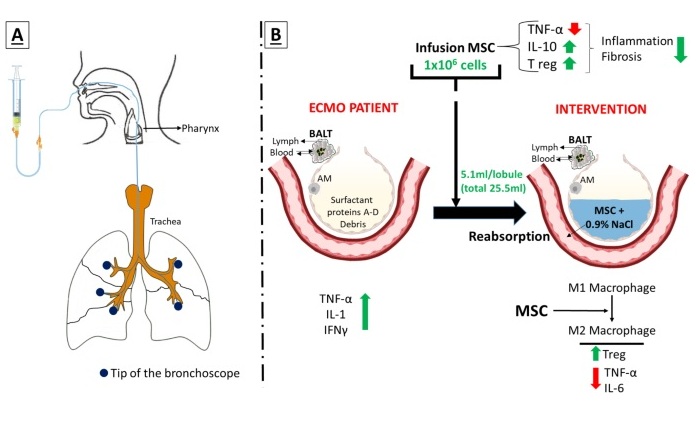
Novel Intrabronchial Method Delivers Cell Therapies in Critically Ill Patients on External Lung Support
Until now, administering cell therapies to patients on extracorporeal membrane oxygenation (ECMO)—a life-support system typically used for severe lung failure—has been nearly impossible.... Read more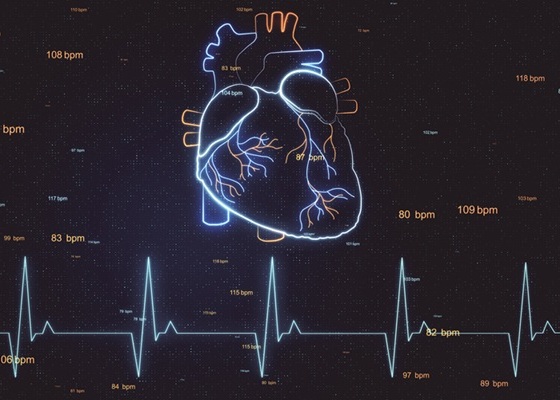
Generative AI Technology Detects Heart Disease Earlier Than Conventional Methods
Detecting heart dysfunction early using cost-effective and widely accessible tools like electrocardiograms (ECGs) and efficiently directing the right patients for more expensive imaging tests remains a... Read more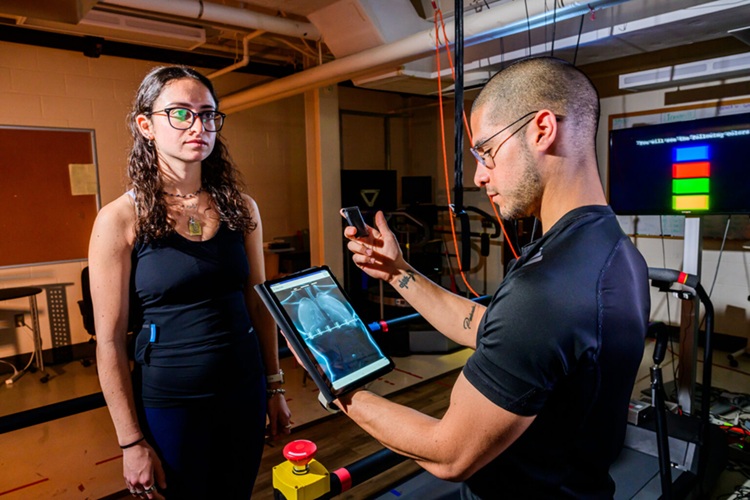
Wearable Technology Predicts Cardiovascular Risk by Continuously Monitoring Heart Rate Recovery
The heart's response to physical activity is a vital early indicator of changes in health, particularly in cardiovascular function and mortality. Extensive research has demonstrated a connection between... Read more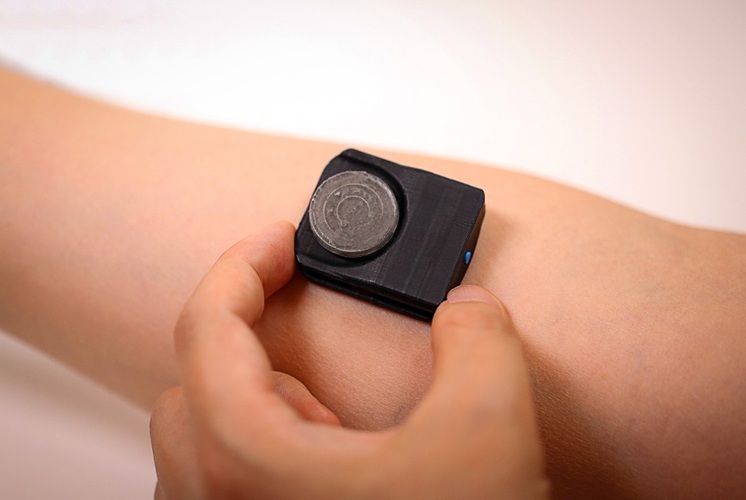
Wearable Health Monitoring Device Measures Gases Emitted from and Absorbed by Skin
The skin plays a vital role in protecting our body from external elements. A key component of this protective function is the skin barrier, which consists of tightly woven proteins and fats that help retain... Read moreSurgical Techniques
view channel
Intravascular Imaging for Guiding Stent Implantation Ensures Safer Stenting Procedures
Patients diagnosed with coronary artery disease, which is caused by plaque accumulation within the arteries leading to chest pain, shortness of breath, and potential heart attacks, frequently undergo percutaneous... Read more
World's First AI Surgical Guidance Platform Allows Surgeons to Measure Success in Real-Time
Surgeons have always faced challenges in measuring their progress toward surgical goals during procedures. Traditionally, obtaining measurements required stepping out of the sterile environment to perform... Read moreHealth IT
view channel
Printable Molecule-Selective Nanoparticles Enable Mass Production of Wearable Biosensors
The future of medicine is likely to focus on the personalization of healthcare—understanding exactly what an individual requires and delivering the appropriate combination of nutrients, metabolites, and... Read more
Smartwatches Could Detect Congestive Heart Failure
Diagnosing congestive heart failure (CHF) typically requires expensive and time-consuming imaging techniques like echocardiography, also known as cardiac ultrasound. Previously, detecting CHF by analyzing... Read moreBusiness
view channel
Expanded Collaboration to Transform OR Technology Through AI and Automation
The expansion of an existing collaboration between three leading companies aims to develop artificial intelligence (AI)-driven solutions for smart operating rooms with sophisticated monitoring and automation.... Read more












